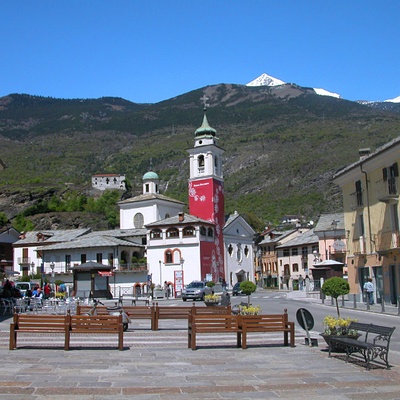

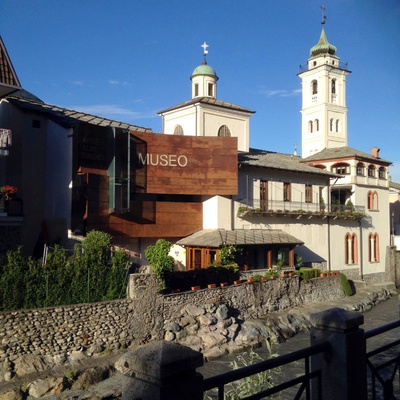
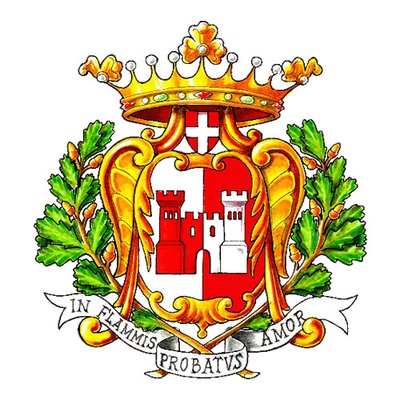
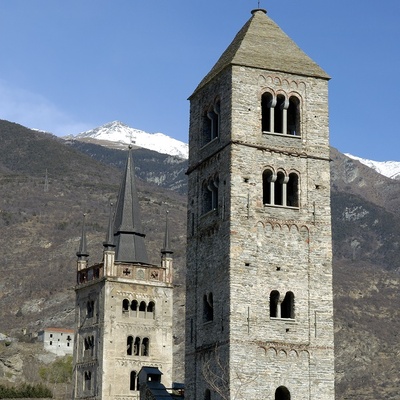
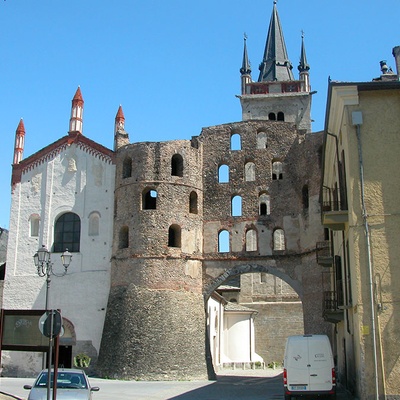
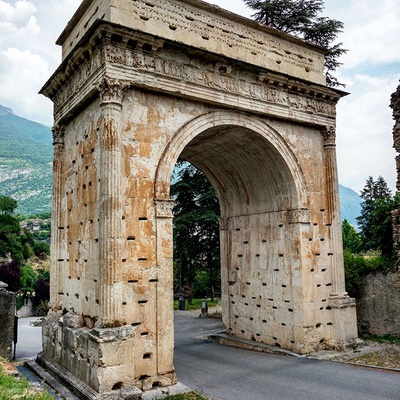
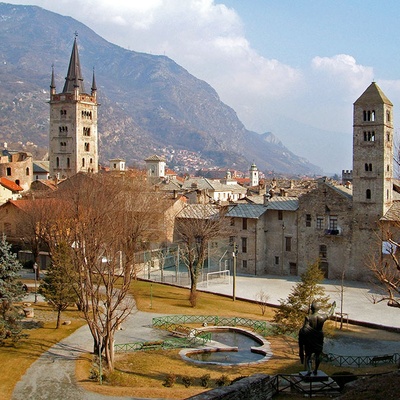
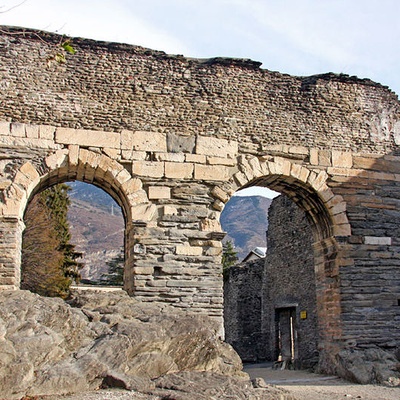
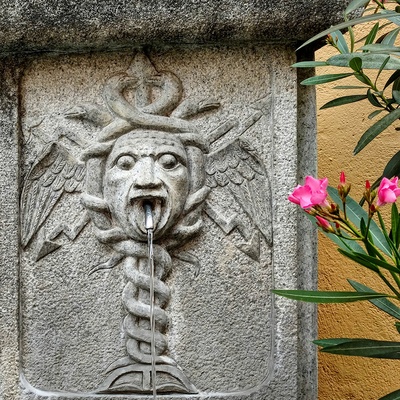
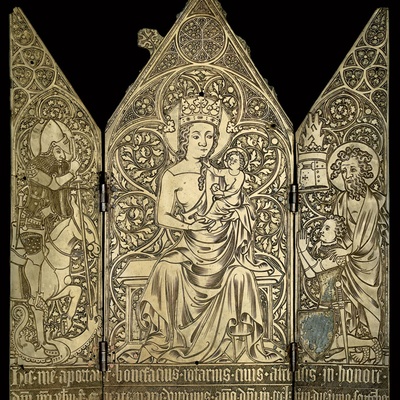
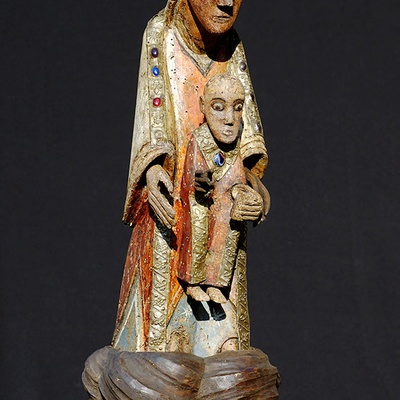
Via Palazzo di Città, 39, 10059 Susa
Susa, the ancient Segusio, a millenary city that arose in a position of clear control over a vast territory such as the Susa Valley. On the main settlement of the Susa Valley, the roads leading respectively to Monginevro and Moncenisio converge, and secondarily to Colle delle Finestre. A town today of services and a reference point for the Susa Valley territory, it has ancient origins due to the presence of Celtic tribes, represented by Donno and then his son Cozio.
Its millenary history begins around the 1st century BC when Augustus made an alliance pact with the local population, the testimony of which is still visible today in the decorations of the pediment of the Arch of Augustus built in 8 BC. Numerous and important monuments testify to the Romanization of Susa: the Celtic cup-marked rocks, evidence of the oldest history of Segusio; the Aqueduct of Graziano (4th century AD); the Castrum (4th century AD), the Antonine Arena (2nd century AD), the Porta Savoia (3rd - 4th century AD) to which was added, in the 12th century, the Cathedral of San Giusto; the traces of the ancient walls still preserved along Via dei Fossali (current Corso Unione Sovietica). The recent refurbishment works of the central Piazza Savoia have also brought to light some important structures that archaeologists identify as the remains of the urban temple, located at the center of the forum. In the 11th century, it became one of the pivots of the domination of the Arduinici of Turin and the first outpost of the Savoy thanks to the marriage between the comitissa Adelaide, daughter of Olderico Manfredi marquis of Turin and Oddone of Moriana, son of Umberto Biancamano. The Roman Castrum will become the domain of the Savoy power and later the headquarters of the governor and the Napoleonic administration and today it houses the Civic Museum, currently being rearranged.
The importance of Susa as a center of power and religion is also testified by the current Cathedral of San Giusto, the seat of the Benedictine abbey founded in 1029 which became a cathedral in 1772. In the 14th century, the building was renewed according to Gothic dictates, while the pinnacles and terracotta decorations of the bell tower date back to the mid-15th century. In the 15th century, the building was the subject of a decoration campaign by the Pinerolo workshop of the Serra family.
Inside, notable prestigious furnishings include: the wooden choir (14th century), the triptych of the Certosa di Banda by Jacopino de Mottis (1491); the 16th-century wooden sculpture of the Magdalene, the altarpiece with the Holy Family by Moncalvo, the wooden crucifix by Etienne Fodéré. Among the religious buildings, the Convent of San Francesco (13th century) features a rich ogee portal and a remarkable 14th-century decorative apparatus. The Diocesan Museum of Susa, located in the church of Madonna del Ponte (13th century), houses significant art objects dated between the 4th and 20th centuries, coming from churches and chapels of the Diocese, and from the cathedral of Susa.
Susa became the residence of noble families and the mercantile bourgeoisie, among the remnants the houses of the Borgo dei Nobili, the Palazzo de’ Bartolomei with the adjacent civic tower and the baroque decorations of Palazzo Benit in Via F. Rolando, the Rotari Tower (14th century). Its strategic position facing the lands of Dauphiné, which began just upstream of Susa between Gravere and Chiomonte, led to significant military development around the mid-16th century when under Duke Carlo Emanuele I of Savoy a modern defensive structure was built. The rocky hills surrounding Susa became home to imposing fortifications such as the Fort of S. Maria and the Fort of Brunetta for the control of the passes, later dismantled by Napoleon.
The city offers a rich calendar of events and manifestations: the Palio dei Borghi (July), Madonna della Neve with ascent to Rocciamelone (August), the International Folklore Festival (September).











